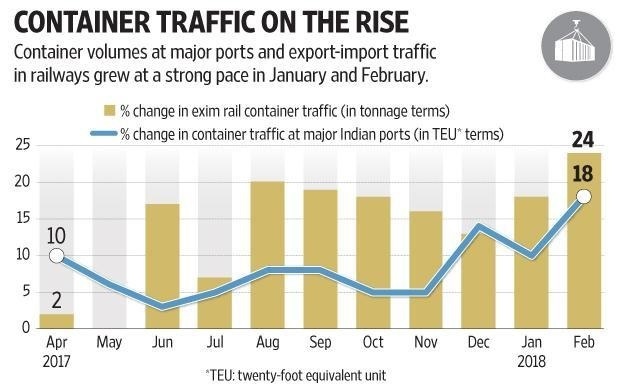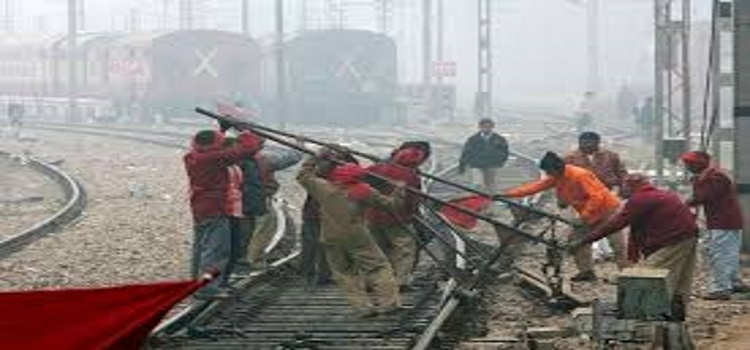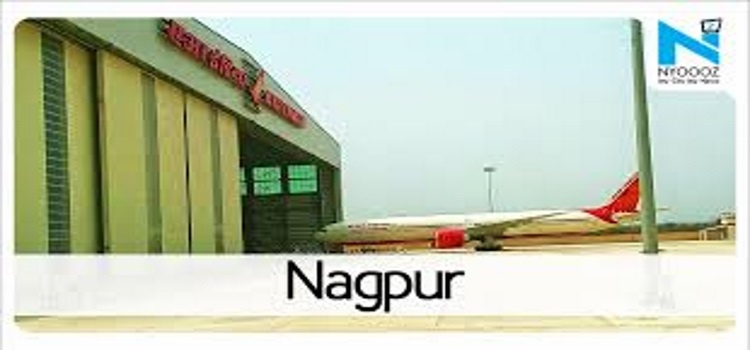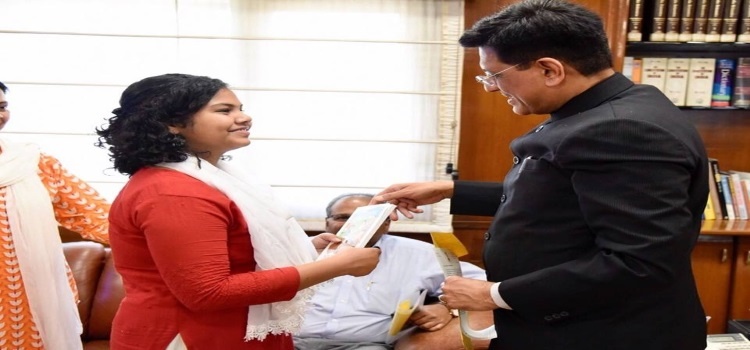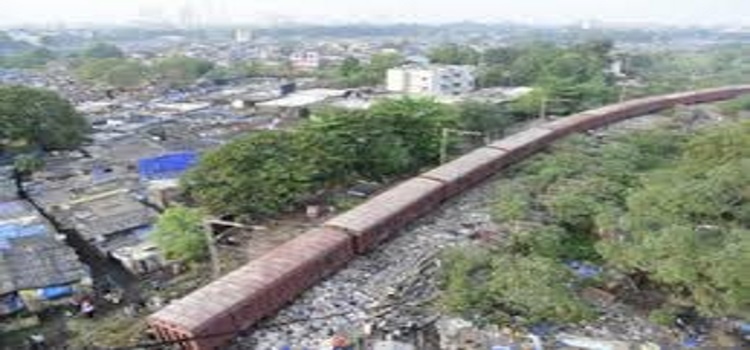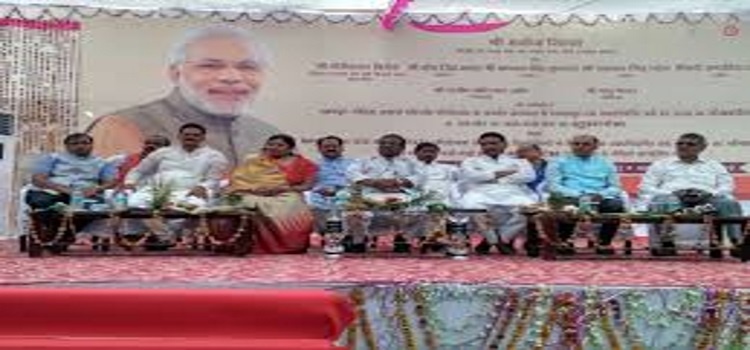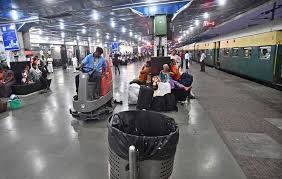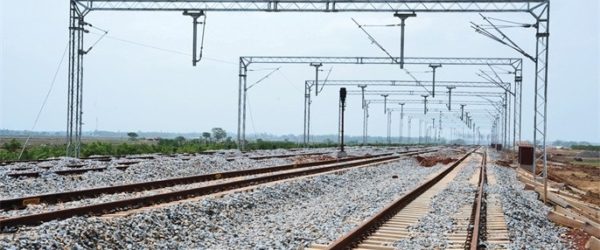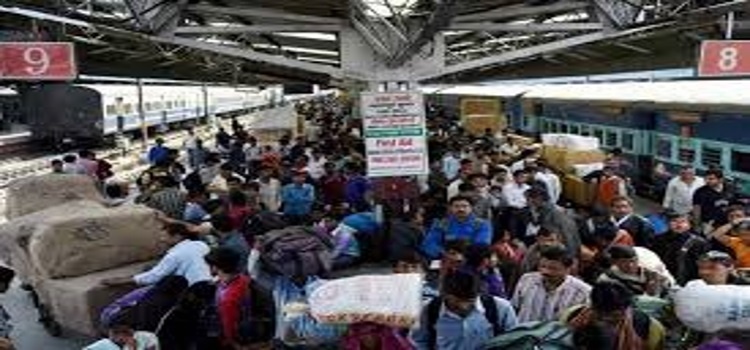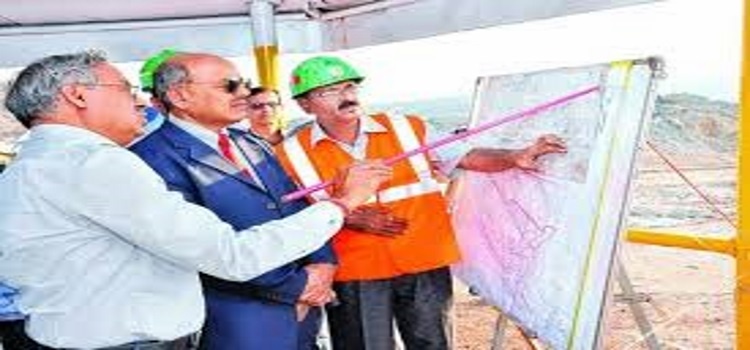
MCL has been able to produce more than 143 million tonne (coal) despite several operational constraints. It is a result of cooperation we have got from all stakeholders, A K Jha, Chairman and Managing Director of MCL.
Mahanadi Coalfields Ltd (MCL) today said it has recorded highest-ever coal production in 2017-18 which is 2.8 per cent higher than 139.21 million tonne dry fuel mined during the previous fiscal.
“MCL has been able to produce more than 143 million tonne (coal) despite several operational constraints. It is a result of cooperation we have got from all stakeholders, A K Jha, Chairman and Managing Director of MCL.
MCL, which will celebrate its 27th foundation day on April 3, is the second largest coal producing subsidiary of Coal India Ltd and contributes 25 per cent of its total production.
The company, which operates 15 open cast and 5 underground coal mines in Angul, Jharsuguda and Sundergarh districts of Odisha, has supplied 138.27 million tonne dry fuel to consumers, 112 million tonne of which was dispatched through eco-friendly mode like railways, Merry Go Around (MGR) belt, Jha said.
The company has registered 12 per cent growth in over burden removal at 138.17 MCuM, which will add to its future growth in coal production, Jha said.
The CMD told reporters in Sambalpur that MCL had made Rs 1,300 crore capital expenditure during the last fiscal, which would be a foundation for its future growth plans.
Stating that the 53-km Jharsuguda-Barpalli-Sardega railway line and Sardega Siding would be commissioned shortly, Jha said, The new rail link will have a capacity to evacuate 30-35 million tonne coal annually .
On the company’s diversification plans and thermal power venture in Sundergarh district, he said 2×800 MW Super Critical Thermal Power Plant of Mahanadi Power Basin Limited (MBPL) was progressing well and modalities of setting up the plant were being finalised.
MCL is also setting up 10 MT annual capacity coal washers, two each in Ib Coalfields and Talcher Coalfields, Mr Jha said, asserting that the company is committed to reduce the impact of air pollution in its operational zones

